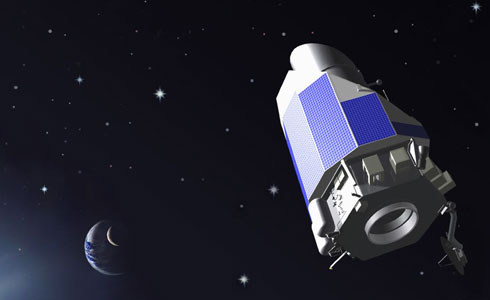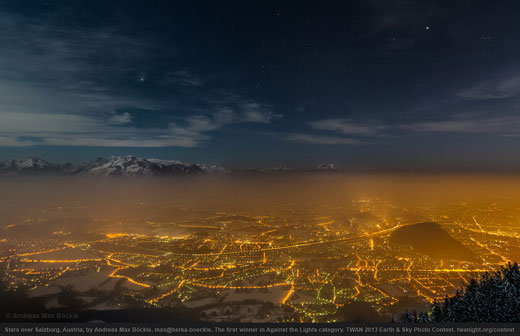Weekly Science Picks

Greetings one and all, and a very happy science Sunday to you! This week’s generally been quite interesting. We’ve had good news, bad news, a little heated discussion… All the kind of things which keep the science community vibrant and interesting. As for specifically what that news was, well. Please do read on…
First up this week, sad news. After exemplary service ever since its launch in 2009 and a mission extension last year, the Kepler telescope has finally broken down. Kepler spots transiting exoplanets by staring unblinkingly at the same patch of sky, and in order to do that it needs to keep very still. Sadly, two of its four gyroscopes are out of action, meaning that Kepler may be shutting down for good.
Kepler’s Planet-Hunting Mission May Be Over
“Frankly, I’m absolutely delighted that we’ve got all this data, that we have been so successful, that we have found so many thousands of planetary candidates,” [William] Borucki told Discovery News… “The mission was designed for four years, it operated four years. It gave us excellent data for four years.”
An article posted in the Guardian caused quite a storm of opinions in its call for better critical thinking in science journalism. I have to say, I agree that science reporting needs more balanced arguments and critical analysis behind it, but I’m not sure I entirely agree with the article’s tone. Have a read for yourself and see what you think.
The need for critical science journalism
…infotainment science journalism rarely challenges the validity of the scientific research study or criticises its conclusions. Perfunctory comments, either by the journalist or in the form of quotes – such as “It is not clear whether these findings will also apply to humans” or “This is just a first step and more research is needed” are usually found at the end of such pieces – but it is rare to find an independent or detailed critical analysis.
(If you’re interested, I explained my own thoughts on this matter in some detail on my personal blog.)
Congratulations to Charles Ebikeme, one of our writers here at Australian Science, on his new role as an environment blogger for Scitable. He kicks off with a little discussion about the troublesome interplay between environmental science and government policy, using the Peruvian rainforests as an example.
The Science of Earth and the Human Policies that Change It
“The science of Earth and the human policies that change it.” This will be the tagline of the new Environment group blog on Scitable. The science is the easy part (he says without a hint of hyperbole). More and more we shall come to learn that the most difficult thing, the most complicated mechanisms, the most complex systems at play, lay quite firmly on the human side. On the human interactions and manipulations of Earth.
Researchers in China have developed a kind of electrically conductive ink, allowing electronics to be easily printed onto paper at room temperature. The ink is even recyclable! Brilliant!
Printing Electronics Just Got Easier
Someday people could use this, and similar technologies, to create their own customized electronic devices including electronic greeting cards, video game controls, touch-sensitive mobile phone cases, or solar cell arrays. Scientists already print electronic circuits on flexible materials like plastics that can be shaped into functional products—antennas are a common example.
And finally, for some devastatingly beautiful photography, The World At Night has announced the winners of its 2013 Earth and Sky photography contest. Words don’t do justice. Go and look at some. You’ll thank me later!
The 2013 Earth & Sky Photo Contest Winners

Hammonds M (2013-05-19 07:45:28). Weekly Science Picks. Australian Science. Retrieved: Jul 19, 2025, from https://ozscience.com/news/weekly-science-picks-31/
 Follow
Follow